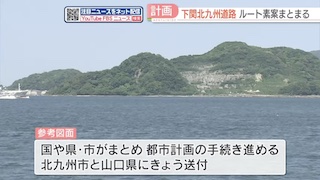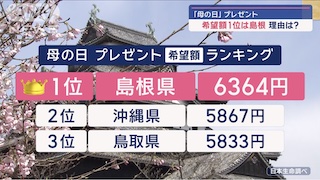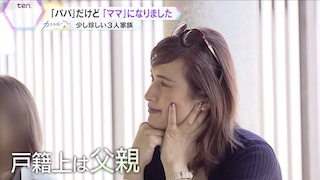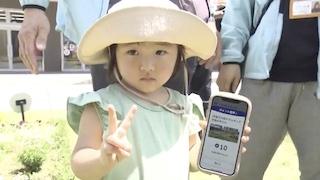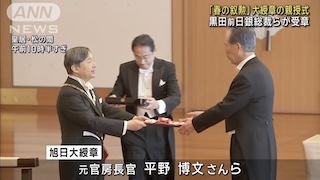TOKYO, Feb 08 (News On Japan) - Renowned for his unique character roles, actor Jiro Sato recently disclosed on social media that he has been grappling with Obsessive-Compulsive Disorder (OCD) since his elementary school days. What exactly is this condition, and when should one consider seeking medical advice? A psychiatric specialist provides clarity on these questions.
Understanding OCD: Beyond Daily Inconveniences
According to caster Yasumi Yoshihara, the disorder Sato revealed—OCD—affects daily life due to obsessive symptoms. Typically manifesting in individuals between their teens and twenties, it's a relatively common condition, occurring in 1 to 4 out of 100 people over their lifetime.
Psychiatric specialist Shinichiro Tanaka elaborates on the symptoms: repeated hand-washing without feeling clean, checking locks multiple times, stopping to check if one has accidentally hit someone while driving, or feeling unease upon seeing certain numbers like 4 or 9.
These compulsions can escalate, consuming hours for a single action, significantly hindering work and daily routines.
When Worry Becomes Excessive: Recognizing OCD
Tanaka notes symptoms such as needing to perform actions with both hands or feeling restless until actions are mirrored on both sides.
Caster Chiaki Horan queries how to differentiate between being overly cautious and having OCD. Tanaka explains the distinction lies in the individual's "trouble" with their actions, where worry might resolve in minutes, but OCD can extend over hours or require countless repetitions.
Caster Takahiro Inoue asks if such compulsions are uncontrollable. Tanaka confirms, sometimes actions are performed despite knowing they're unnecessary, varying by individual.
Legal expert Maiko Hagiya inquires about repeated actions, like multiple checks on door locks, questioning if it's merely excessive worry. Tanaka suggests such behavior might be extreme worry if it occurs a few times, but consistent repetitions indicate OCD.
Seeking Help: When and How
The difference between general worry and OCD lies in the frequency and duration of compulsions. Indicators for seeking medical consultation include disruptions to school or work, avoiding certain places, or being unable to leave the house.
Treatment typically involves medication, such as antidepressants, and cognitive-behavioral therapy to alter thoughts and behaviors. However, Tanaka warns recovery can be lengthy and challenging.
For those living with someone with OCD, understanding and proper response are crucial, especially distinguishing between "self-contained" and "involving" types of OCD, the latter requiring family support and perhaps urging medical consultation.
This detailed exploration following Sato's disclosure sheds light on OCD's complexities, emphasizing the importance of distinguishing it from mere worry and recognizing when professional help is needed.
Source: TBS





